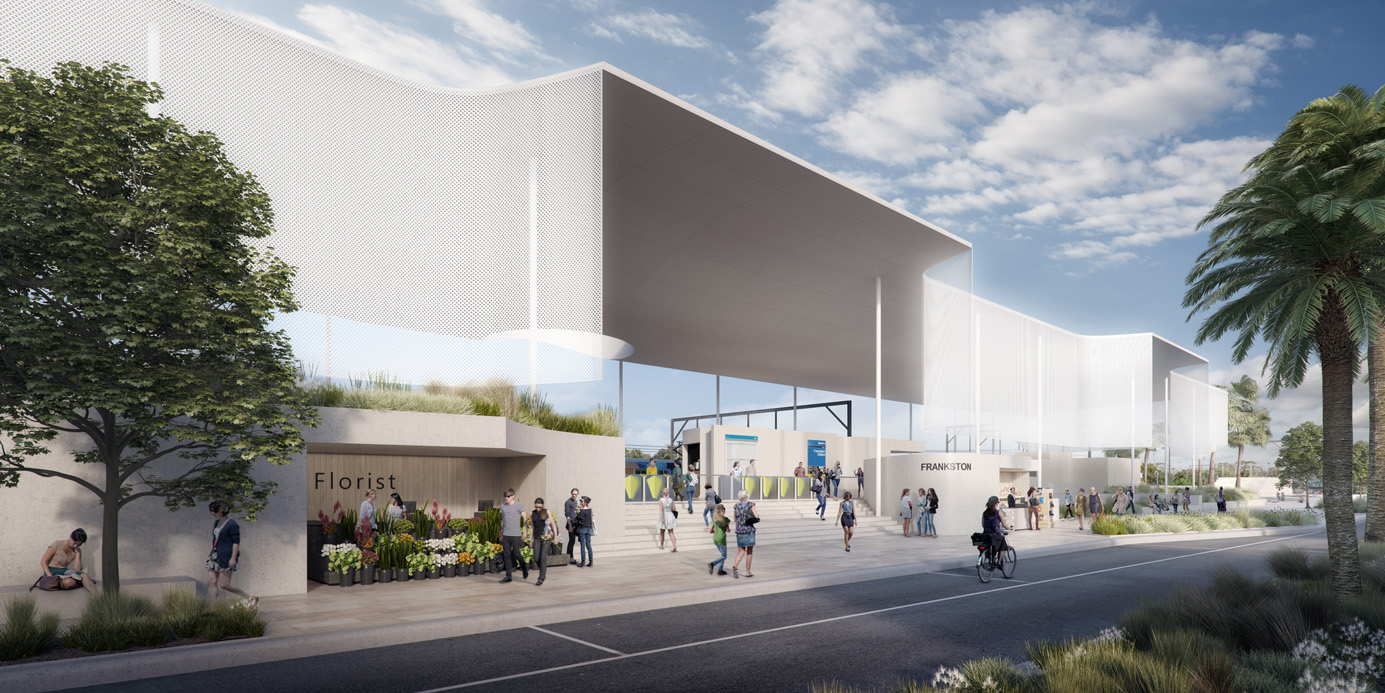
Revitalising an icon – Morris Moor by Genton
Revitalising an icon – Morris Moor by Genton
Share
Genton’s recently completed Morris Moor project transformed the site of the former Phillip Morris cigarette factory into a vibrant commercial and hospitality precinct that draws the community in and celebrates local heritage.
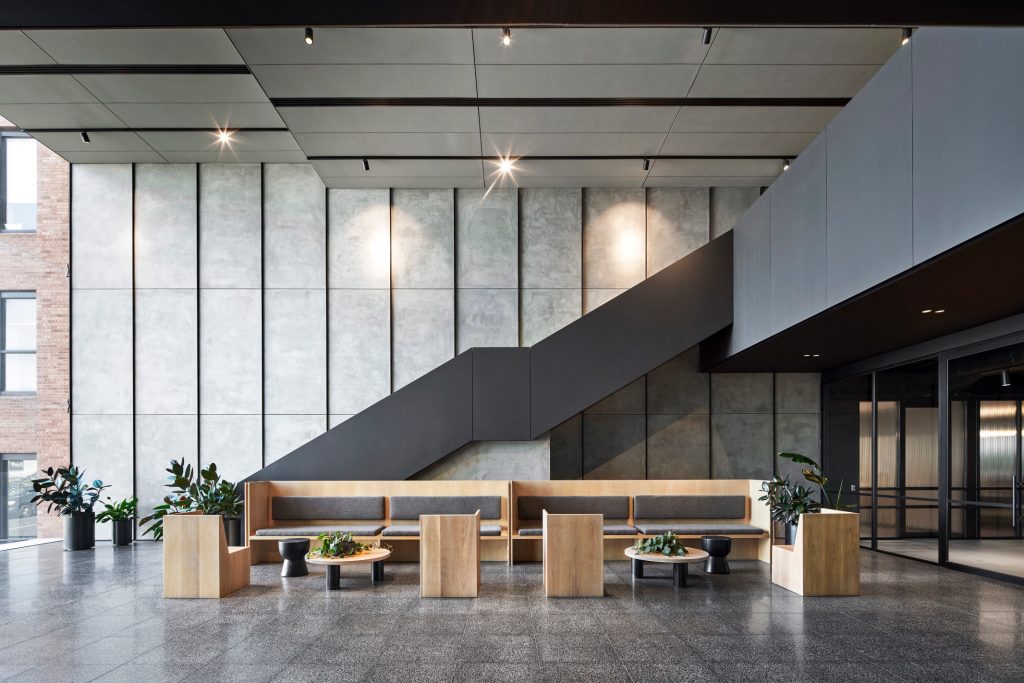
Situated on a prominent corner intersected by two main roads, the buildings have acted as a landmark for the Moorabbin community since the 1950s, distinctive among the uniformity of prefabricated warehouses.
The practice’s masterplan and urban design strategy honour the historic brutalist and modernist warehouse buildings, focusing design interventions upon stripping back additions to celebrate the original designs and redesigning interstitial spaces to increase the site’s permeability.
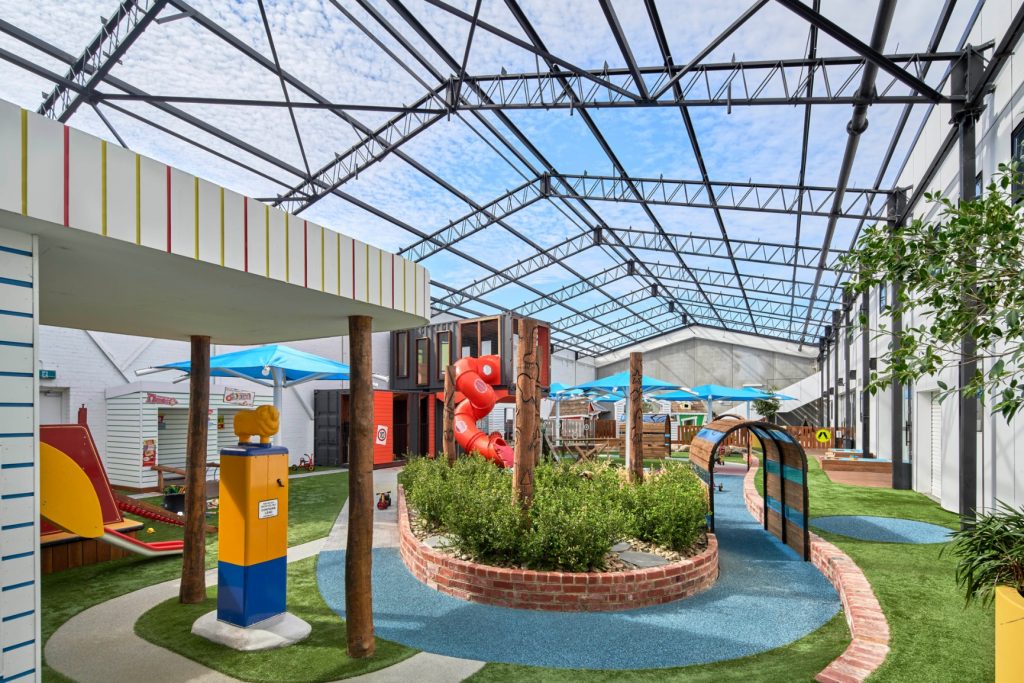
“The cultural significance of the industrial architecture was too great to disregard,” says Genton principal Marc Debney.
“We, together with our client, Up Property, were determined to retain as much of the character and original structures as possible, and part of the project’s success should be credited to the diversity of talented designers working on various elements of the precinct – from the macro to the fit-out scale – including Tract, ADP, Caroline Lieu, Made For, and Studio Y.
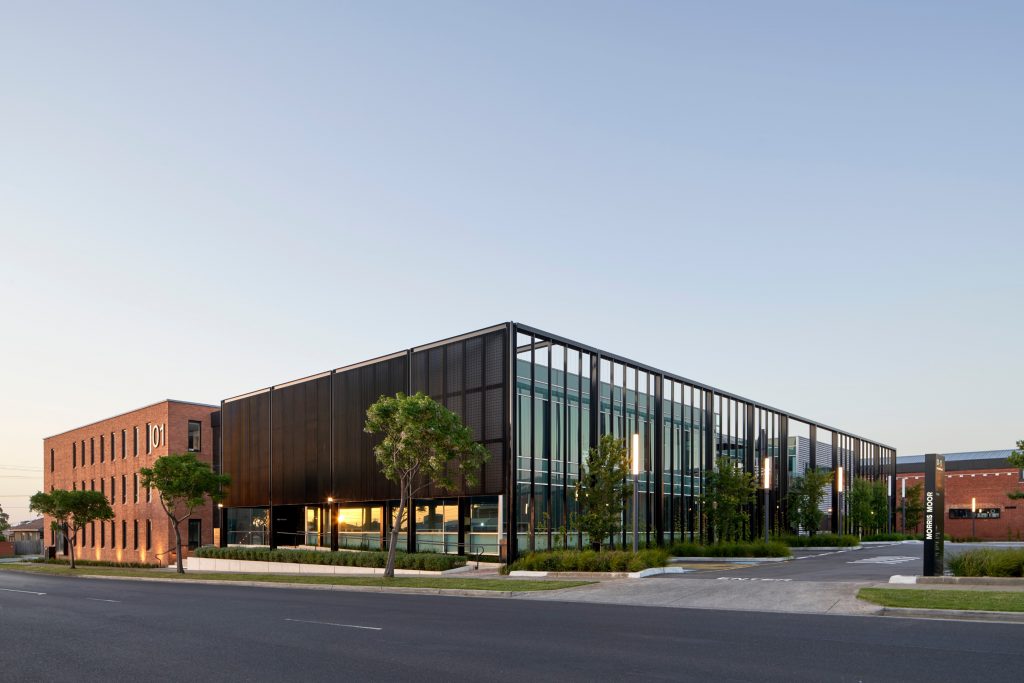
“As masterplan and base-build Architect, Genton’s role often involved curating the different design elements rather than controlling the design of every aspect.
Welcoming locals for work, leisure and play, Morris Moor stitches together the well-defined linear boundary between industrial and residential with a hybrid-use offering that was unprecedented in the neighbourhood.
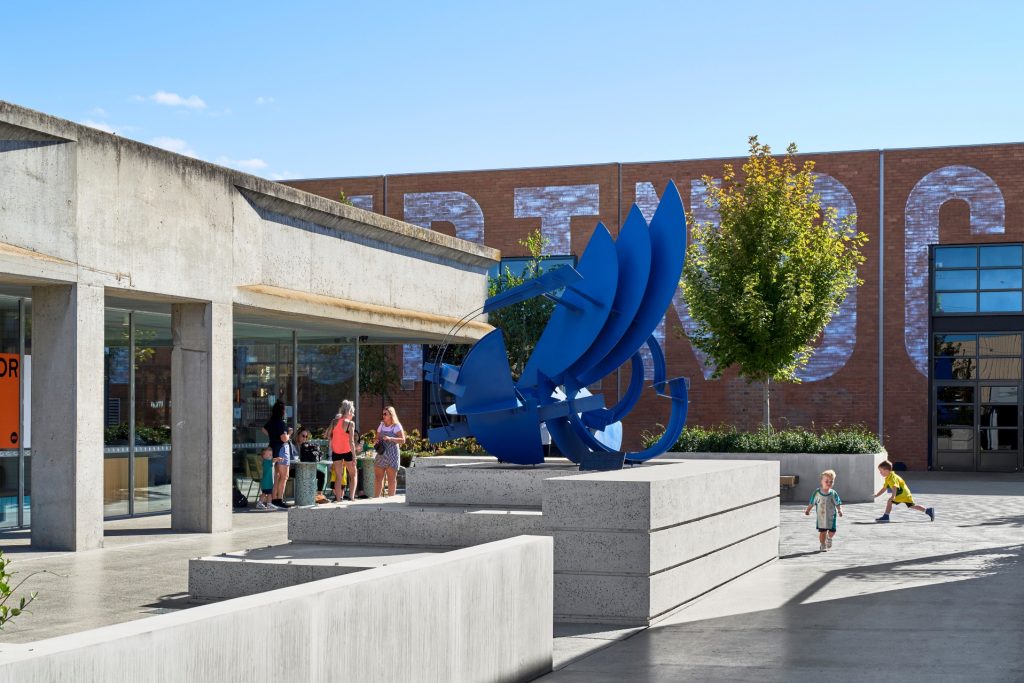
“Demographics in the suburbs, and how people choose to live and work are changing. With them, so must our design thinking,” says Debney.
A series of green pedestrian corridors connect Morris Moor to the surrounding context, leading locals to a bustling hospitality precinct, around which office spaces, childcare, and artisan and e-commerce studios are centred.
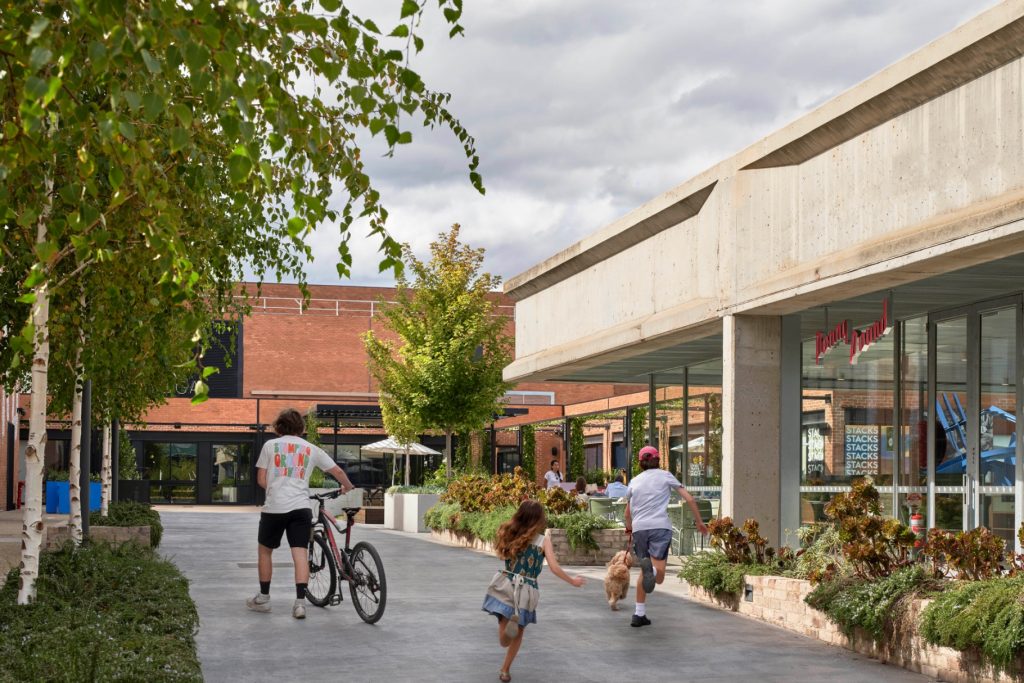
Through the formation of this core, and concealing car parking within an existing warehouse, Genton created a highly active pedestrian zone within a low-density neighbourhood, strengthening the social fabric of the local community.
Considered contemporary incisions and insertions were made to repurpose the buildings for their new uses, with Genton employing black steel, polished and restored concrete, and recycled brick throughout to cohesively unite warehouse buildings of differing architectural eras in a consistent design language.
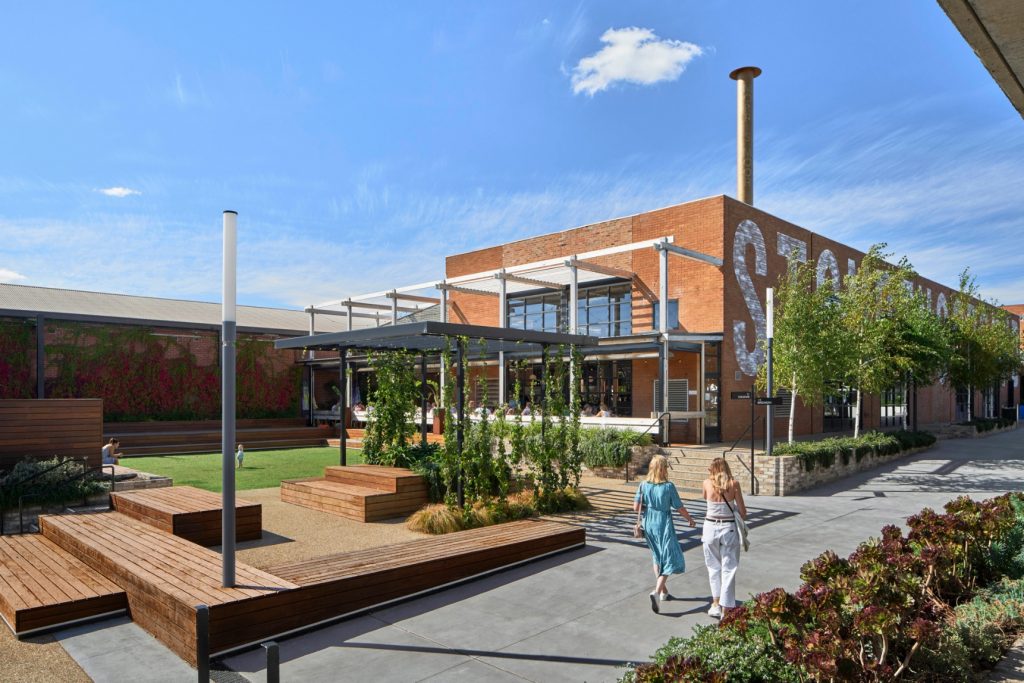
Nurturing a sense of ownership among locals, interstitial spaces were a key focus. Lush native plantings are abundant throughout the six-hectare site, nourished by rainwater reuse. Softening the industrial structures, the landscaping and plantings complement the vast scale of the built form and red brick façades.
“Morris Moor’s transformative impact can be seen in the swift establishment of occupancy, with the adjacent site now being developed into a similar offering.”
Recently, Madeleine Blanchfield Architects refined flow and proportion in Irirki house.

